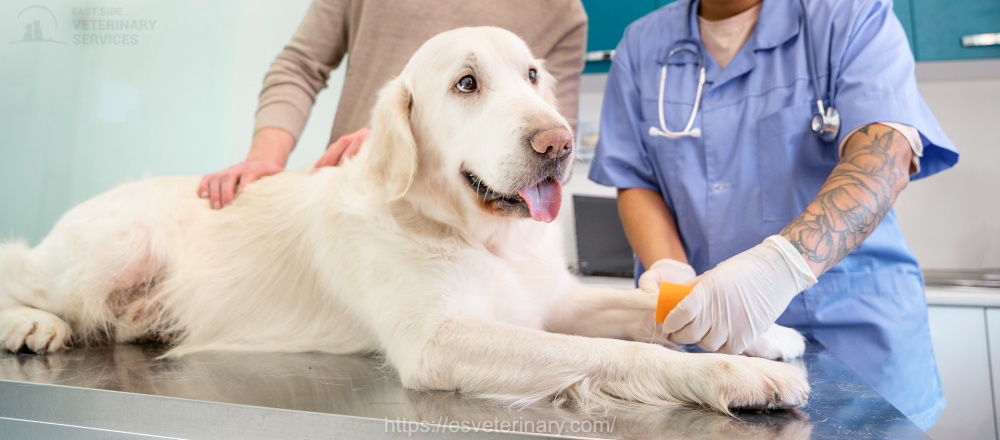Spaying and neutering are routine surgical procedures that offer lasting health benefits for pets and help control the pet population. As responsible pet parents, understanding the importance of these procedures is key to promoting your pet’s wellbeing and supporting your community. Whether you’ve just adopted a puppy or kitten or are considering this step for your older pet, this guide covers everything you need to know.

What Is Spaying and Neutering?
Spaying is the surgical removal of a female animal’s reproductive organs, while neutering refers to the castration of a male. These procedures prevent pets from reproducing and have a range of health and behavioral benefits.
Health Benefits of Spaying and Neutering
One of the biggest advantages of spaying and neutering is improved health for your pets:
- Reduced cancer risks: Spayed females are less likely to develop uterine infections and breast tumors. Neutered males avoid testicular cancer.
- Longer lifespan: Studies show that altered pets tend to live longer than those left intact.
- Reduced roaming: Pets that are spayed or neutered are less likely to wander, which reduces the risk of accidents.
Behavioral Improvements After Spaying and Neutering
Sterilization can also curb undesirable behaviors:
- Males: Reduced aggression, less marking or spraying, and decreased desire to roam.
- Females: No more heat cycles, which means no howling or erratic behavior.
These changes can make your pet easier to manage and happier at home.
Overpopulation: A Crisis Solved by Spaying and Neutering
Each year, millions of unwanted animals end up in shelters. Many of them are euthanized due to lack of space or resources. By spaying or neutering your pet, you’re playing a vital role in:
- Reducing shelter populations
- Preventing the birth of unwanted litters
- Saving the lives of countless animals
When Should You Spay or Neuter Your Pet?
Timing depends on species, breed, and size. Generally:
- Cats: Around 5 to 6 months old
- Dogs: Small breeds at 6 months, large breeds might wait until 12–18 months
Always consult your vet for tailored advice.
Common Myths About Spaying and Neutering
Despite clear benefits, myths persist:
- “It makes pets lazy.”
False—activity levels are more influenced by diet and playtime. - “My pet should have one litter first.”
There’s no scientific basis for this belief. - “It’s too expensive.”
Many communities offer low-cost spay/neuter clinics to make it affordable.
Cost of Spaying and Neutering
Costs vary based on location, size of the pet, and vet fees. However, many non-profits offer reduced-price or even free services. It’s a one-time investment that saves future expenses related to pet health or managing unplanned litters.
Spaying and Neutering in Community Cats
For feral cats, Trap-Neuter-Return (TNR) programs have been effective in controlling stray populations humanely. TNR involves:
- Trapping cats
- Neutering/spaying
- Returning them to their habitat
It’s a proven method to stabilize populations and improve cat welfare.
Post-Surgery Care: What to Expect
After surgery:
- Keep pets calm and indoors
- Monitor the incision site
- Prevent licking with a recovery cone
- Limit activity for 7–10 days
Your vet will give specific guidelines to ensure proper healing.
Environmental Benefits of Spaying and Neutering
Fewer stray animals mean:
- Less wildlife disruption
- Fewer car accidents
- Less spread of diseases
Communities are safer and cleaner when pets are responsibly sterilized.
How Spaying and Neutering Aligns with Responsible Pet Ownership
Being a responsible pet owner goes beyond feeding and sheltering. It involves:
- Preventing unwanted litters
- Minimizing health risks
- Improving public safety
Spaying and neutering are essential parts of this responsibility.
FAQs About Spaying and Neutering
Is spaying and neutering painful for pets?
No. Vets use anesthesia, and pets are given pain relief afterward to ensure comfort.
Can my pet still be active after surgery?
Yes, after recovery, they’ll resume normal activity. Some even become more playful and affectionate.
Will it change my pet’s personality?
No drastic personality changes occur. Pets may become calmer, but they retain their unique traits.
Are there any risks to spaying or neutering?
As with any surgery, there are minimal risks, but the benefits far outweigh them.
Can older pets be spayed or neutered?
Yes. While younger pets recover faster, older pets can also undergo the procedure safely with vet approval.
Where can I find low-cost spay/neuter services?
Check local shelters, Humane Society branches, or search online for subsidized veterinary clinics near you.
Spaying and Neutering: A Loving Choice for Your Pet
Spaying and neutering is not just a medical procedure—it’s a compassionate choice that leads to a healthier, longer, and more fulfilling life for your pet. It curbs overpopulation, prevents disease, improves behavior, and reflects your love and commitment to responsible pet care. Whether you’re a first-time pet owner or seasoned animal lover, embracing this decision is one of the most impactful actions you can take.